Complete Guide to Pillowcase Fabrics
Find Your Perfect Sleep Companion
Sleep occupies one-third of our lives, and pillowcases, as the textiles that have the longest intimate contact with our facial skin, are crucial in their fabric selection. They not only affect sleep comfort but also relate to skin health and hair smoothness.
Faced with a wide variety of fabrics, do you feel confused? This guide will take you deep into understanding common pillowcase fabrics to help you make the wisest choice.
Natural Fiber Fabrics
Natural fibers are highly favored for their excellent breathability and skin-friendly feel.
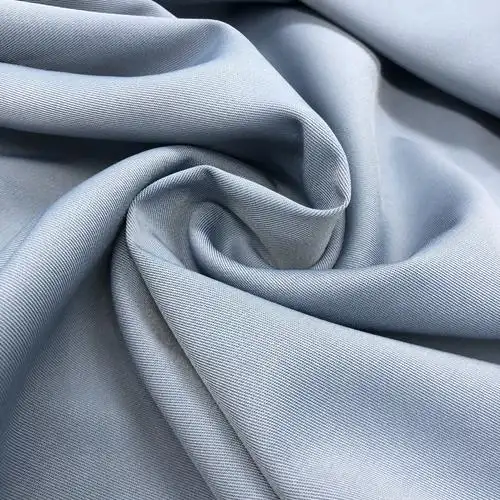
Cotton Fabrics
The most classic and popular choice. Cotton is the most widely used pillowcase fabric, known for being soft, breathable, durable, and easy to care for.
Pros
- Moisture-absorbent and breathable
- Skin-friendly and non-irritating
- High strength
- Affordable
Cons
- Prone to wrinkling and shrinking
- Ordinary cotton may not feel silky smooth
Main Types: Egyptian Cotton, Pima Cotton, Xinjiang Long-Staple Cotton

Linen Fabrics
Natural temperature regulator. Linen fabric is known for its unique rustic texture and exceptional breathability.
Pros
- Extremely moisture-absorbent and dissipates heat
- Naturally antibacterial and anti-allergenic
- Gets softer with each wash
Cons
- Feels stiff initially
- Prone to wrinkling
- Higher price
Ideal For: Those who sweat easily, people who prefer a natural and rustic style, or those living in hot and humid climates.

Silk Fabrics
Luxurious skincare benefits. Usually referring to mulberry silk, it is recognized as a high-end skincare fabric.
Pros
- Skincare: Reduces wrinkles and hair frizz
- Skin-friendly: Smooth and cool to the touch
- Breathable and temperature-regulating: Warm in winter, cool in summer
Cons
- Expensive
- Requires careful maintenance
- Lower strength, prone to snagging
Momme Weight: Pillowcases typically choose 19-25 momme, which ensures quality without being too heavy.
Regenerated Cellulose Fibers
These fabrics originate from natural wood and are processed through eco-friendly methods, combining the comfort of natural fibers with the functionality of modern technology.
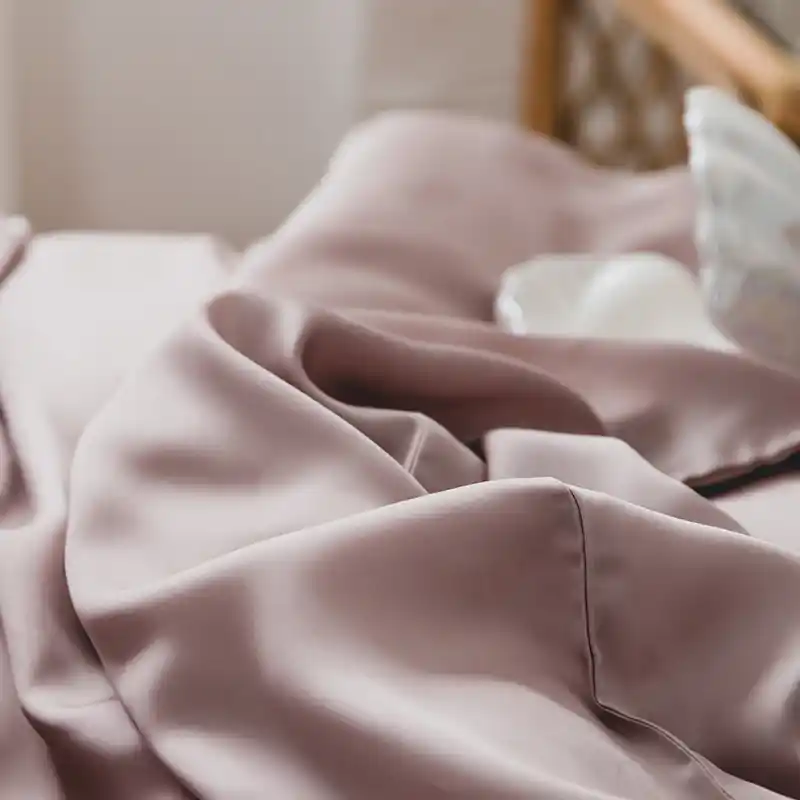
TENCEL™ Fabrics
Perfect combination of eco-friendliness and comfort. TENCEL™ is the brand name for Lyocell fiber by Lenzing AG, sourced from sustainably managed eucalyptus forests.
Pros
- Excellent feel: Silky smoothness
- Highly absorbent: 1.5 times more than cotton
- Eco-friendly: Closed-loop production process
- Antibacterial and anti-mite
Cons
- Weaker when wet
- Requires careful washing methods
Ideal For: Almost everyone, especially those with sensitive skin, people who sweat easily, and environmentalists.

Modal Fabrics
Feather-like softness. Modal also comes from wood and is known for its unparalleled softness.
Pros
- Extremely soft and smooth
- Good moisture absorption and breathability
- Bright colors
- Excellent drape
Cons
- Poor fabric elasticity
- Prone to deformation
- Average wear resistance
Ideal For: Those seeking ultimate softness, often blended with cotton, spandex, or other fibers to improve its shortcomings.
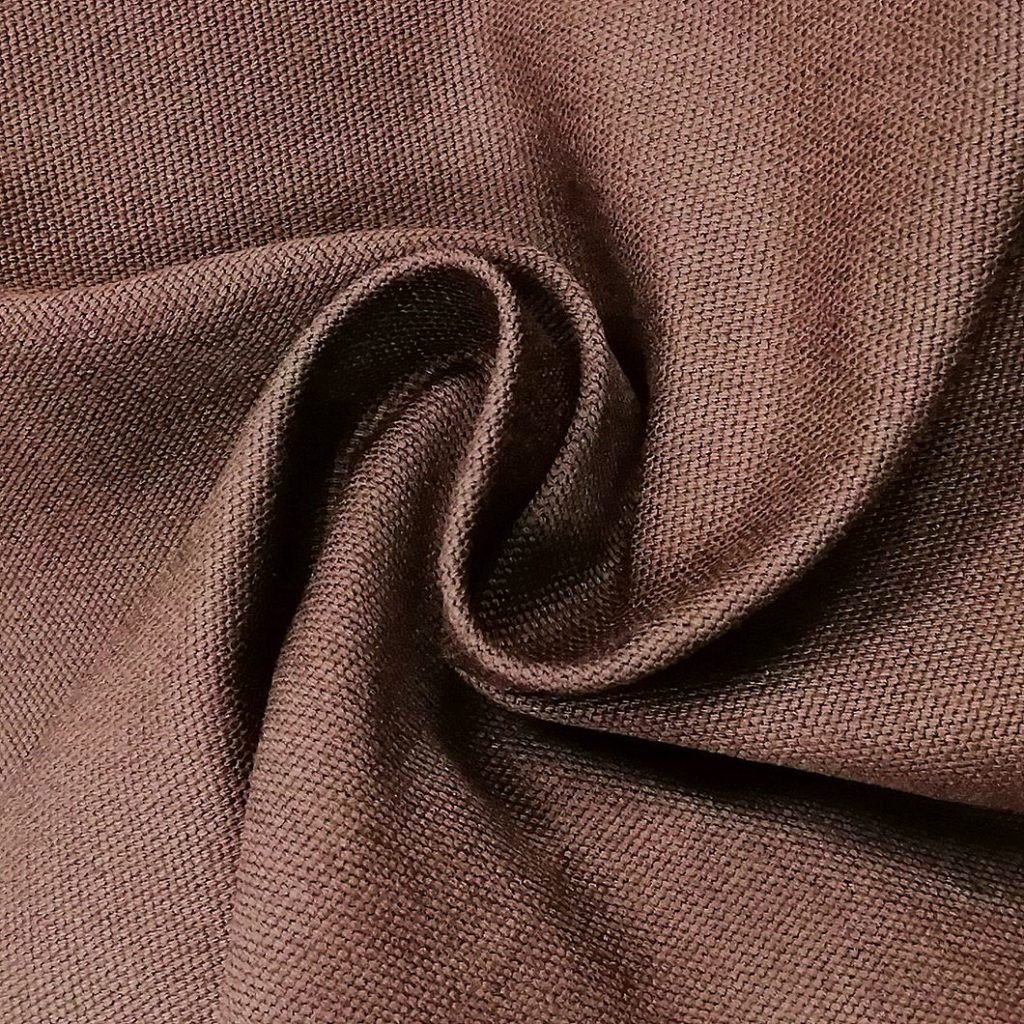
Bamboo Fiber Fabrics
Natural antibacterial properties. Made from bamboo pulp, it has good antibacterial and antimicrobial characteristics.
Pros
- Naturally antibacterial and deodorizing
- UV resistant
- Good moisture absorption and breathability
Cons
- Pure bamboo fiber may be too soft and lack body
- Some products may use chemical methods in production
Ideal For: People with oily skin, acne-prone skin, or those sensitive to bacteria.
Synthetic Fiber Fabrics
Synthetic fibers are known for their high strength and durability, but generally have poorer breathability compared to natural fibers.
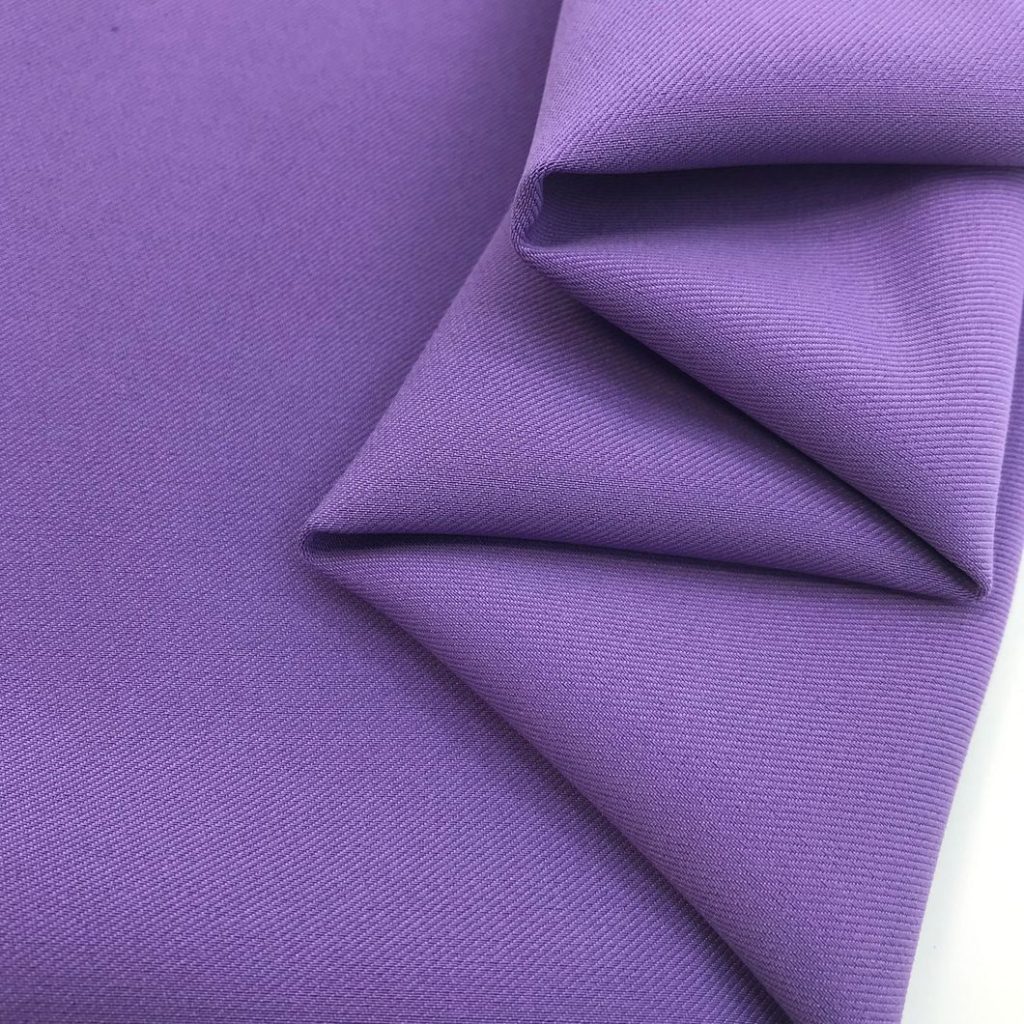
Polyester Fabrics
Cost-effective and easy care. Commonly known as "polyester," it is currently the most common synthetic fiber.
Pros
- Sturdy and durable
- Wrinkle-resistant and easy to care for
- Easy maintenance
- Quick-drying and low cost
Cons
- Poor moisture absorption
- Prone to static electricity
- Poor breathability
Ideal For: Those on a budget, people who prefer minimal care, or for guest rooms and other infrequently used scenarios.
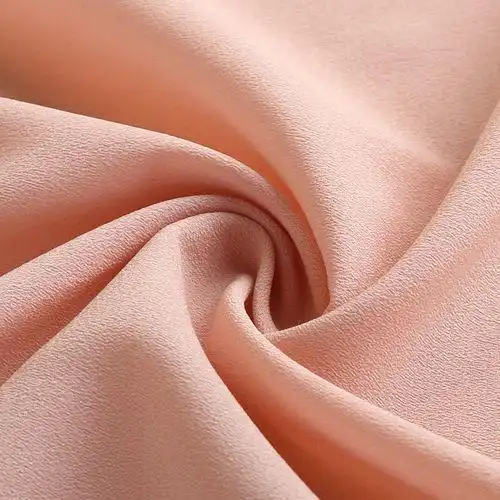
Blended Fabrics
The smart choice that combines the best of both worlds. Different fibers are blended to balance cost, comfort, and functionality. The most common is cotton-polyester blend.
Pros
- Combines cotton’s comfort with polyester’s durability
- Wrinkle-resistant and easy to care for
- Moderately priced
Cons
- Performance depends on blend ratio
- Cannot achieve the premium feel of pure natural fibers
Common Types: Cotton-polyester blend, cotton-linen blend, etc.
Fabric Characteristics Quick Comparison Table
| Fabric Type | Skin Comfort | Breathability & Moisture Absorption | Durability | Wrinkle Resistance & Easy Care |
|---|---|---|---|---|
| Pure Cotton | ★★★★☆ | ★★★★☆ | ★★★★☆ | ★★★☆☆ |
| Egyptian/Pima Cotton | ★★★★★ | ★★★★★ | ★★★★★ | ★★★☆☆ |
| Linen | ★★★☆☆ | ★★★★★ | ★★★★★ | ★★☆☆☆ |
| Silk | ★★★★★ | ★★★★☆ | ★★☆☆☆ | ★☆☆☆☆ |
| TENCEL™ | ★★★★★ | ★★★★★ | ★★★★☆ | ★★★☆☆ |
| Modal | ★★★★★ | ★★★★☆ | ★★★☆☆ | ★★★☆☆ |
| Bamboo Fiber | ★★★★☆ | ★★★★☆ | ★★★☆☆ | ★★★☆☆ |
| Polyester | ★★☆☆☆ | ★★☆☆☆ | ★★★★★ | ★★★★★ |
| Cotton-Polyester Blend | ★★★☆☆ | ★★★☆☆ | ★★★★☆ | ★★★★☆ |
How to Choose Pillowcases Based on Your Needs?
Pursuing Skincare and Hair Beauty
First choice: Silk, followed by TENCEL™. They minimize friction during sleep to the greatest extent.
Prone to Sweating or Oily Skin
Linen and TENCEL™ are excellent choices with superior moisture absorption and dissipation capabilities.
Sensitive Skin or Prone to Allergies
TENCEL™, Bamboo Fiber, and High-Quality Pure Cotton are all good low-sensitivity options.
Pursuing Ultimate Softness
Modal, High Thread Count Pure Cotton, and TENCEL™ provide a cloud-like touch.
Limited Budget and Easy Care
Cotton-Polyester Blend or well-treated Pure Cotton pillowcases offer high cost performance.
Environmentally Conscious
TENCEL™ (look for Lenzing certification) and Organic Cotton are your eco-friendly choices.
Start your bedding customization now.
Expert Bedding Customization: Comprehensive OEM & ODM Services.
